10 Female Painters Who Shaped Art History
Many female painters have made significant contributions to art history. Not only did they create masterpieces, but they pioneered art movements and painting techniques that inspire artists today.
Artemisia Gentileschi (1593–c. 1652)
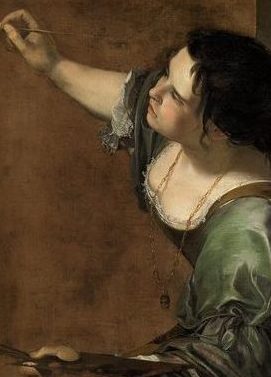
According to the biography by ThoughtCo, Italian Baroque painter Artemisia Gentileschi was the first female member of the prestigious Accademia de Arte del Disegno (Academy of Arts of Drawing) in 1616. Trained by her father and fellow artist, Orazio Gentileschi, she learned how to paint at a young age, according to Hall W. Rockefeller in his ThoughtCo article in December 2017.
Although Gentileschi followed the dramatic Baroque style, she made her paintings more energetic and realistic than her contemporaries. She also broke from tradition by portraying women as strong and independent. Some examples include Susanna and the Elders (1610), Judith Beheading Holofernes (ca. 1613–14), and Judith and Her Maidservant (ca. 1615–17).
Angelica Kauffman (1741–1807)
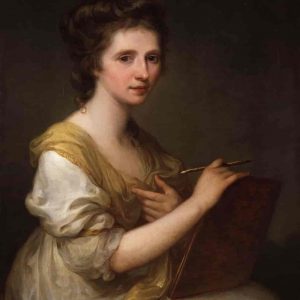
Swiss painter Angelica Kauffmann had an unusually successful career for a female artist of her time. Not only did she receive commissions from European nobility, but her studio became a stop on the Grand Tour — an educational trip for aristocrats.
When she moved to England in 1766, she introduced the country to the neoclassical style. She also helped found the Royal Academy of Art in London.
While known for her portraits, Kauffmann also broke into the male-dominated history painting genre. She helped popularize British history paintings and received praise for her work, according to The Art Story.
Élisabeth Louise Vigée Le Brun (1755–1842)
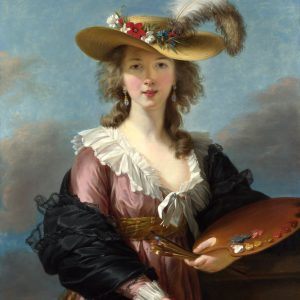
French artist Élisabeth Louise Vigée Le Brun revolutionized portraiture by painting her clients as relaxed and welcoming. She invented this signature look by combining the elegance of the Rococo style with the decorum of Neoclassicism, according to The Art Story.
Le Brun’s father was teaching her to paint when he died in 1768 from an infected wound. Unable to attend an art academy because of her gender, Le Brun had to teach herself.
Despite not receiving a formal art education, Le Brun became one of the leading painters of the 18th century. She received commissions from prominent nobles, especially Queen Marie Antoinette, who Le Brun painted 30 times.
Mary Cassatt (1844–1926)
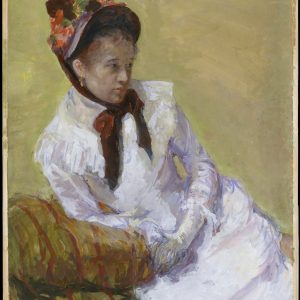
Much to her family’s disapproval, American painter Mary Cassatt moved to France to pursue an art career. She joined the French Impressionist movement of the late 19th century — one of the first and few female artists to do so.
According to ThoughtCo, Cassatt brought this movement to the US by sponsoring French artists and encouraging wealthy Americans to buy their artwork. She also advised art collectors in the hopes that their purchased works would end up in American museums, according to Jone Johnson Lewis’ ThoughtCo article in March 2019.
While many Impressionists painted landscapes, Cassatt did portraits of women doing mundane, domestic tasks. According to Gemma Newman, Cassatt’s goal was to portray women’s lives in a truthful, unromanticized way.
In the 1880s and ‘90s, Cassatt broke from traditional impressionism to develop a unique style inspired by Japanese printmaking. During this time, she produced some of her most famous works, such as Little Girl in a Blue Armchair(1878), Maternal Caress (1891), and The Child’s Bath (1893).
Frida Kahlo (1907–1954)
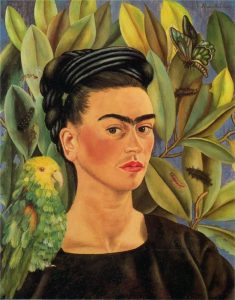
One of the most famous Mexican artists of all time, Frida Kahlo captured people’s imaginations with her surrealistic paintings. She often did self-portraits that portrayed some of the most painful experiences of her life.
In 1936, Kahlo mourned her mother’s death by painting a dead woman and her newborn baby (My Birth). After having spinal surgery, Kahlo painted herself wearing a back brace with nails poking her skin to represent her physical pain (The Broken Column, 1944). Through these autobiographical paintings, Kahlo made it more acceptable for female artists to express their feelings and frustrations through art, according to The Art Story.
In 1946, she received the National Prize of Arts and Sciences from the Mexican Ministry of Public Education, as Lewis stated in another ThoughtCo article in July 2019.
Georgia O’Keeffe (1887–1986)
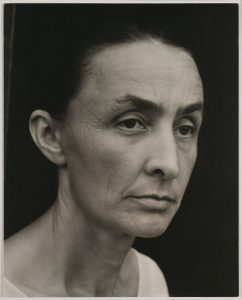
Known as the mother of American modernism, Georgia O’Keeffe challenged conventional styles by experimenting with abstract art. By the 1920s, she became famous for painting skyscrapers and oversized flowers.
In 1929, she traveled to New Mexico where she fell in love with the desert scenery. She created a series of paintings depicting animal skulls and mountainous landscapes. These paintings received worldwide acclaim, making her the most well-known American female artist of her time.
O’Keeffe continued to contribute to the modernist movement with aerial paintings of clouds. Even when she started losing her eyesight in the 1970s, she drew pictures, painted watercolors, and made clay pots, according to GeorgiaOkeeffe.net.
In 1977, she received the Presidential Medal of Freedom for her revolutionary artwork. Eleven years after she died in 1986, the Georgia O’Keeffe Museum opened in Santa Fe, New Mexico.
Alma Thomas (1891-1978)
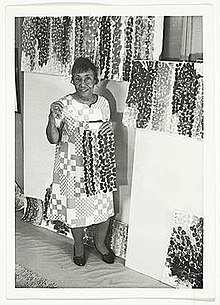
Before Alma Thomas became a major artist of the 20th century, she taught art at Shaw Junior High School in Washington D.C. for 35 years. During that time, she actively worked to grow the art community in her neighborhood. She organized the Washington School Arts League, a program geared toward helping African American students develop an appreciation for fine art. She also helped create art galleries in Washington schools by securing paintings from the Howard Gallery of Art.
After retiring from teaching in 1959, Thomas started painting full time and enjoyed great success. Many museums and art galleries held solo exhibitions of her work, including the Whitney Museum in New York.
Thomas closely followed the Washington Color School movement, characterized by large solid areas of paint. However, she gave it her own look by using layers of acrylic paint to make the colors shine in a Byzantine mosaic fashion, according to The Art Story. Some of her most famous works include Iris, Tulips, Jonquils, and Crocuses (1969) and Cherry Blossom Symphony (1973).
In 1972, one of her paintings was selected for the permanent collection of the Metropolitan Museum of Art, according to the Smithsonian American Art Museum.
Lee Krasner (1908–1984)
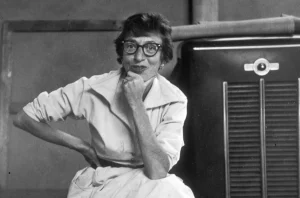
Despite graduating during the Great Depression, Lee Krasner never gave up on her dream of becoming an artist. Thanks to the New Deal, she enjoyed steady employment while studying modern art under renowned German painter Hans Hoffmann. His influence shaped Krasner’s abstract style.
Though Krasner lived in the shadow of her husband and fellow painter, Jackson Pollock, she was still a major figure in the abstract expressionist movement. She constantly experimented with her art and inspired other contemporary female artists.
In 1965, Kranser had a solo exhibition at the Whitechapel Gallery in London. Ten years later, she got to exhibit her paintings at the Whitney Museum of American Art.
Yayoi Kusama (1929-)

One of Japan’s most famous contemporary artists, Yayoi Kusama is living proof of art’s healing power.
Kusama started having hallucinations as a child and drew pictures to cope with her mental illness. After studying art in school, she decided to move to the US to explore her artistic style, according to The Art Story.
Living in New York, Kusama painted the polka dot patterns she saw in her hallucinations. These Infinity Net paintings, as she called them, pioneered the minimalist art movement.
As Kusama continued to experiment, her works spurred other trends like Pop, performance, and installation art, according to Alexxa Gotthardt’s Artsy article in Jun 2018. She also inspired other contemporary artists such as Carolee Schneemann and Damien Hirst.
In 1973, Kusama returned to Japan and moved into the mental hospital where she lives today. She still produces artwork that’s exhibited in museums and galleries around the world.
Helen Frankenthaler (1928-2011)

American painter Helen Frankenthaler revolutionized abstract expressionism when she invented the soak stain technique. According to Encyclopedia.com, it involved pouring cans of paint onto a blank canvas. This allowed the paint to soak into the canvas, leaving no signs of brush strokes. Frankenthaler’s innovation led to the Color Field movement of the mid-20th century.
Throughout her career, Frankenthaler exhibited her artwork in many major European cities. She also taught art at Princeton, Yale, and other esteemed universities.
She continued to produce art up until her late years before she passed away in 2011.
Integrate art and other visuals into your lessons using our standards-based Social Studies curriculum.
